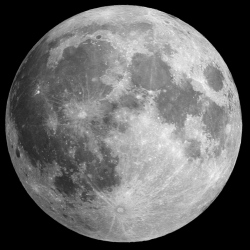
Everyone’s talking about the Moon. It’ll be 50 years this Christmas since Apollo 8 first flew to the Moon – with the crew taking the famous Earthrise photos – and we’re close to the 50th anniversary of Apollo 11’s first moon landing and moonwalk for Neil Armstrong and Buzz Aldrin. Can we go back? Should we go back?
NASA knows we probably have to go back, if only to use the Moon as an off-Earth stepping stone to enable deeper solar system exploration missions, so it’s spent years trying to create a nuclear reactor that can be operated there.
Now it may have cracked it with the compact, mobile and super-tough Kilopower, which could enable deep space missions and human outposts on planets and moons in the solar system, such as on Mars or on Saturn’s moon Titan.
What is Kilopower?
Kilopower is a lightweight, mobile nuclear fission reactor developed by NASA and the US Department of Energy’s National Nuclear Security Administration (NNSA). It works by splitting atoms in its uranium-235 reactor core to generate energy as heat that’s converted into electricity by its high-efficiency Stirling engines. It can pump out 10 kilowatts of electrical power continuously for at least 10 years, more than twice as much as NASA thinks will be needed to run an outpost on the Moon or Mars.
“Safe, efficient and plentiful energy will be the key to future robotic and human exploration,” says Jim Reuter, NASA’s acting associate administrator for the Space Technology Mission Directorate (STMD) in Washington. “I expect the Kilopower project to be an essential part of lunar and Mars power architectures as they evolve.”
The tech was successfully demonstrated between November 2017 and March 2018 as part of NASA’s Kilopower Reactor Using Stirling Technology (KRUSTY) experiment.
